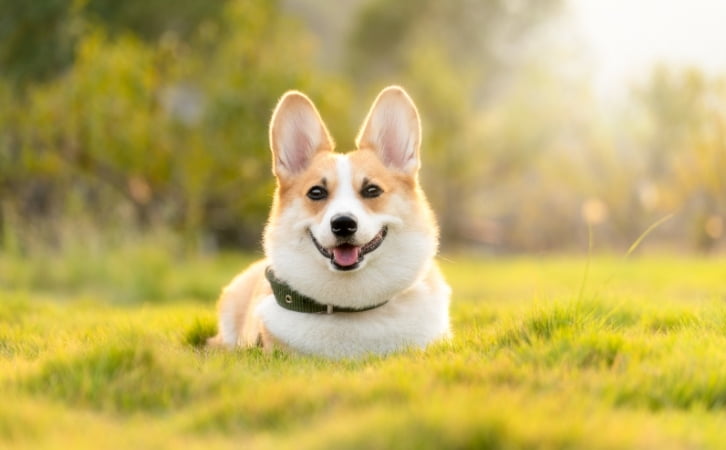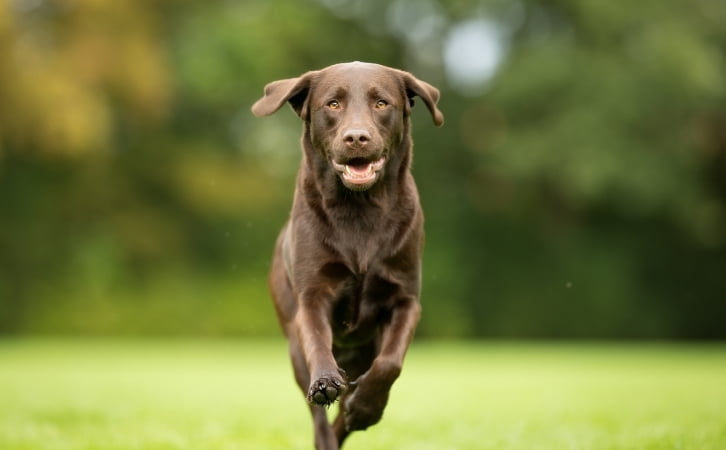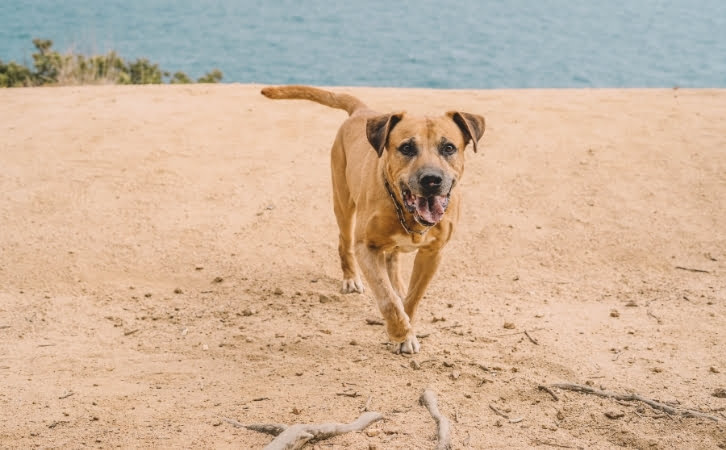Native Venezuela dog breeds are a vital part of the country’s cultural heritage. These breeds have evolved over centuries to adapt to the unique terrains and climates of Venezuela. They have played significant roles in hunting, herding, and providing loyal companionship to their owners.
Table of Contents
Overview of Native Venezuela dog breeds
There are several native Venezuela dog breeds, each with its distinct characteristics and roles. Some of the notable breeds include:- The Venezuelan Shepherd: Known for their protective instincts and herding abilities.- The Venezuelan Hound: Excelling in hunting and tracking skills.- The Venezuelan Water Dog: Exceptional swimmers and invaluable companions to fishermen.- The Venezuelan Hairless Dog: Recognizable for their lack of hair and hypoallergenic qualities.
Importance of preserving and protecting native breeds
Preserving native Venezuela dog breeds is crucial from both cultural and practical aspects. By safeguarding these breeds, we maintain a connection to the country’s history and heritage. Additionally, native breeds have adapted to the local climate and terrain, making them better suited for the challenges they face. Preserving these breeds ensures their survival and helps maintain biodiversity in the canine population.
Read Here: Native Vanuatu dog breeds
Basic Information of Native Venezuela Dog Breeds Table
The following table provides a basic comparison of the native Venezuela dog breeds:
| Breed Name | Key Characteristics | Main Role |
| Venezuelan Shepherd | Protective, herding instincts | Guarding livestock, herding |
| Venezuelan Hound | Excellent hunting, tracking skills | Tracking game, hunting |
| Venezuelan Water Dog | Strong swimming abilities | Assisting fishermen, retrieving |
| Venezuelan Hairless Dog | Hairless, hypoallergenic qualities | Companionship, therapy, hypoallergenic |
It’s essential to recognize and appreciate the unique qualities and contributions of each native Venezuela dog breed. By preserving and protecting them, we honor our cultural heritage and ensure the continued existence of these valuable breeds.
Read Here: Native Uzbekistan dog breeds
The Mucuchies Venezuela dog breeds
History and origin of the Mucuchies breed

The Mucuchies is one of the native Venezuela dog breeds that have a rich history and a distinct origin. This breed is believed to have been developed by the indigenous people in Mucuchies, a town located in the Venezuelan Andes. The Mucuchy’s dogs were originally bred as herding and guarding dogs for the local farmers and herdsmen. They were known for their loyalty, bravery, and ability to adapt to the harsh mountainous terrain and extreme weather conditions.
Physical characteristics and unique traits of the Mucuchies
The Mucuchies is a medium to large-sized breed with a sturdy build and a strong physique. They have a dense double coat that provides insulation against the cold temperatures in the mountains. The coat can come in various colors, including white, black, and brindle. One unique trait of the Mucuchies is their deep, expressive eyes which are often described as intelligent and attentive. They also have a reserved but friendly temperament, making them excellent family companions and watchdogs. The Mucuchies breed is known for its intelligence, agility, and protective instincts.
By preserving and protecting the Mucuchies and other native Venezuela dog breeds, we ensure the survival of these important cultural and historical treasures. Their unique characteristics and abilities contribute to the biodiversity of the canine population and remind us of the valuable bond between humans and dogs throughout history.
Read Here: Native United States dog breeds
The Chiribaya Venezuela dog breeds
Background and cultural significance of the Chiribaya breed

The Chiribaya breed holds a significant place in the cultural heritage of the Chiribaya people, an ancient civilization that inhabited the southern coast of Peru. Hailing from a region known for its arid desert climate, the Chiribaya dogs were developed to withstand the harsh conditions and serve as companions and guardians for the indigenous community. These dogs played a vital role in hunting, herding, and protecting livestock, making them an integral part of the Chiribaya way of life.
Appearance and temperament of the Chiribaya
The Chiribaya is a medium-sized breed with a lean and athletic build. They have a short, dense coat that helps them adapt to the desert environment. The coat color can vary, but it is often seen in shades of brown, black, or a combination of both. These dogs have a gentle and friendly temperament and bond closely with their human families. They are intelligent, and alert, and possess excellent instincts, making them excellent watchdogs. The Chiribaya dogs are also known for their agility and endurance, which are necessary traits for surviving in their native desert habitat.
The Alano Venezolano Venezuela dog breeds
Origins and Historical Background of the Alano Venezolano

The Alano Venezolano is a breed with a rich history that dates back to the colonial era of Venezuela. These dogs were originally brought to the region by Spanish conquistadors in the 16th century. The Alano Venezolano played a crucial role in assisting the Spanish in their conquests and were used for guarding settlements, herding livestock, and hunting. Over time, the breed adapted to the local environment and became an essential part of the Venezuelan culture.
Physical attributes and working capabilities of the Alano Venezolano
The Alano Venezolano is a muscular and athletic breed with a robust body. They have a short, dense coat that protects them from the elements. The most common coat color is brindle, but they can also be seen in various shades of fawn. These dogs have a strong build, allowing them to excel in physical tasks. They are known for their endurance, agility, and strength, which make them excellent working dogs. The Alano Venezolano is highly adaptable and can be trained for various purposes such as herding, guarding, and even search and rescue operations.
Mention the Comparison table first each row should have 3 values.
| Powerful build, endurance and agility | Alano Venezolano |
| Developed to withstand harsh desert climate | Powerful build, endurance, and agility |
| Played a vital role in hunting, herding, and protecting livestock | Used by Spanish conquistadors for various purposes |
| Gentle and friendly temperament, excellent instincts | Adapted to the local environment in Venezuela |
The Cimarron Venezolano
Historical context and purpose of the Cimarron Venezolano breed

The Cimarron Venezolano is a breed that has a significant historical background and purpose. It originated during the colonial era in Venezuela when Spanish conquistadors brought dogs to assist them in their conquests. Specifically bred for hunting, herding, and protecting livestock, the Cimarron Venezolano played a vital role in the Spanish colonization efforts. These dogs were highly valued for their versatility and adaptability in the local environment.
Characteristics and adaptability of the Cimarron Venezolano
The Cimarron Venezolano is known for its physical strength and endurance. They have a muscular and powerful build, allowing them to excel in physical tasks. Their short, dense coat protects them from the elements, making them well-suited for the Venezuelan climate. With a friendly and gentle temperament, these dogs also possess excellent instincts. This breed is highly adaptable and can be trained for various purposes, including herding, guarding, and even search and rescue operations. The Cimarron Venezolano continues to be an integral part of Venezuelan culture and heritage.
The West Highland White Terrier
Role and recognition of the West Highland White Terrier in Venezuela
The West Highland White Terrier, also known as the Westie, holds a significant role and recognition in Venezuela. Originally bred in Scotland for hunting small game, this breed has made its way to Venezuela and gained popularity for its intelligence and lively personality. Westies have proven to be excellent companion dogs and are widely cherished by Venezuelan families. Their small size and adaptability make them suitable for apartment living, while their alert nature and protective instinct make them reliable watchdogs.
Distinctive features and temperament of the West Highland White Terrier
Westies are easily recognized by their white, double-coated fur and upright ears. They have a sturdy build and a compact size, making them agile and mobile. Despite their small stature, Westies are known for their bold and confident temperament. They possess a friendly and outgoing disposition, making them easily approachable and well-loved by both children and adults. With proper training and socialization, Westies can coexist peacefully with other pets, enhancing their adaptability in various settings. Their lively and energetic nature requires regular exercise and mental stimulation to keep them happy and healthy.
The Catahoula Bulldog
History and introduction of the Catahoula Bulldog to Venezuela
The Catahoula Bulldog, a unique breed originating from the United States, has recently gained recognition in Venezuela. Bred from a mix of Catahoula Leopard Dogs and American Bulldogs, this hybrid breed possesses a strong drive and versatile capabilities. Known for their loyalty and protective nature, Catahoula Bulldogs have quickly become popular among Venezuelan dog enthusiasts. Their ability to adapt to various climates and terrain makes them suitable for the diverse landscapes of Venezuela.
Traits and working abilities of the Catahoula Bulldog
Catahoula Bulldogs are easily distinguishable by their muscular build and dense, short coat. They often display distinctive merle or brindle patterns on their fur. This breed is characterized by its intelligence, versatility, and strong work drive. Catahoula Bulldogs excel in various fields, including herding, tracking, and guard dogs. Their strong instincts and intense focus make them excellent working partners in both rural and urban settings. However, owners need to provide proper training, socialization, and mental stimulation to harness their energy effectively.
The Venezuelan Hairless Dog Venezuela dog breeds
Origins and folklore surrounding the Venezuelan Hairless Dog
The Venezuelan Hairless Dog, also known as the “Perro Sin Pelo de Venezuela,” is a unique breed with a rich history. This ancient breed is believed to have been present in the region for thousands of years, with origins dating back to pre-Columbian times. According to local folklore, these dogs were revered by the indigenous people and were believed to possess mystical and healing powers. Today, the breed is considered a national treasure in Venezuela and has gained recognition worldwide for its distinct features and fascinating history.
Physical appearance and temperament of the Venezuelan Hairless Dog
The Venezuelan Hairless Dog is easily recognizable by its hairless body, although it can also be found in coated varieties. With a strong and muscular build, this breed is agile and athletic. They have an elegant head, almond-shaped eyes, and large ears that are often erect. Despite their hairless appearance, they are known for their warm and affectionate temperament. They are loyal, and intelligent, and make excellent companions. While they are generally calm and gentle, they can be wary of strangers and are natural protectors of their families. Proper socialization and training are crucial to ensure they are well-rounded and well-behaved dogs.
Venezuelans run with their dogs to raise money for shelter pets video
Conclusion Venezuela dog breeds
Importance of promoting native Venezuelan dog breeds
Promoting native Venezuelan dog breeds, such as the Venezuelan Hairless Dog, is essential for preserving the country’s rich cultural heritage and biodiversity. These unique breeds tell a story of the region’s history and are part of its identity. By supporting and showcasing these native breeds, we not only celebrate the diversity of dogs but also contribute to the conservation of genetic resources. Additionally, promoting these breeds can help boost tourism and generate economic opportunities for local communities involved in their breeding and preservation. Ultimately, it is crucial to recognize and promote the value of native dog breeds as a part of Venezuela’s cultural legacy.
reference
Venezuela dog breeds


